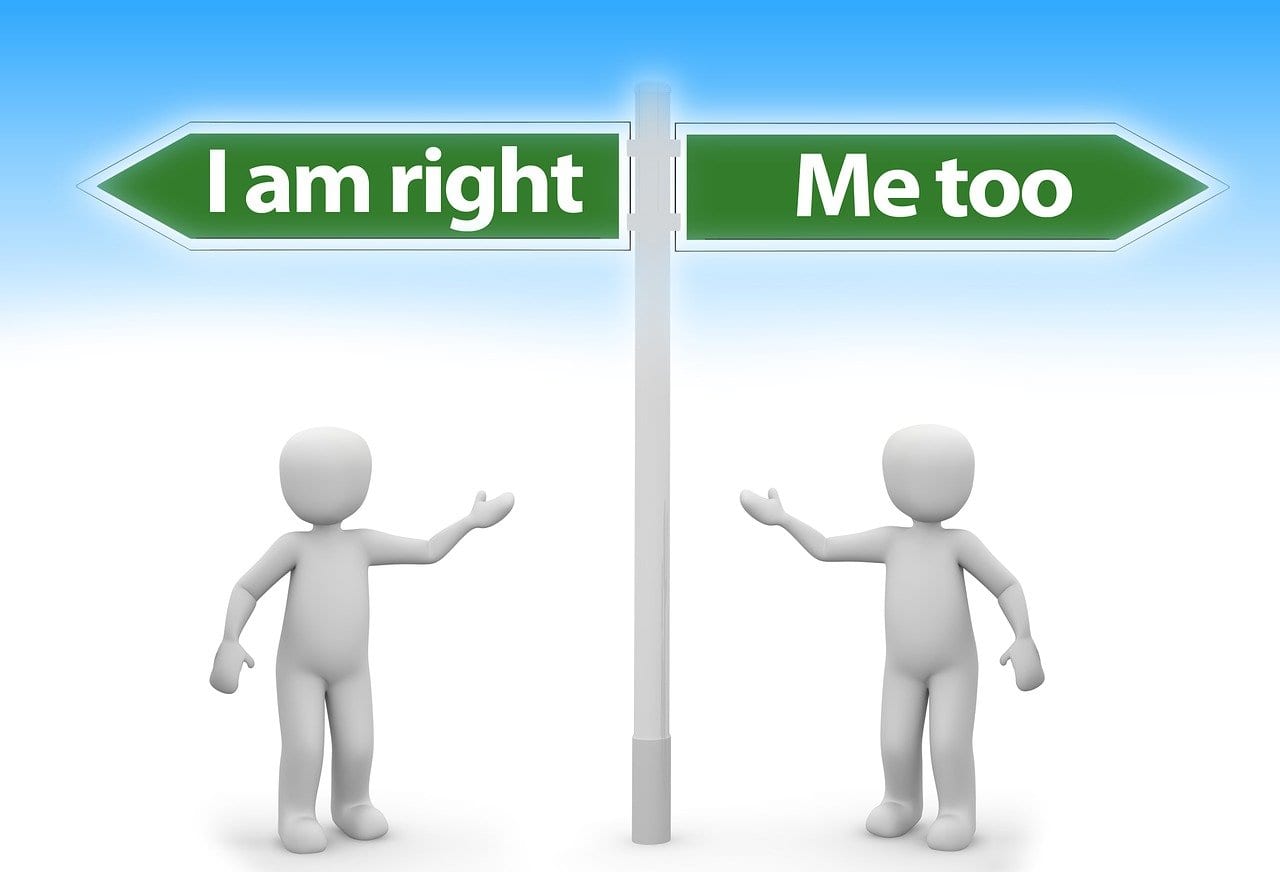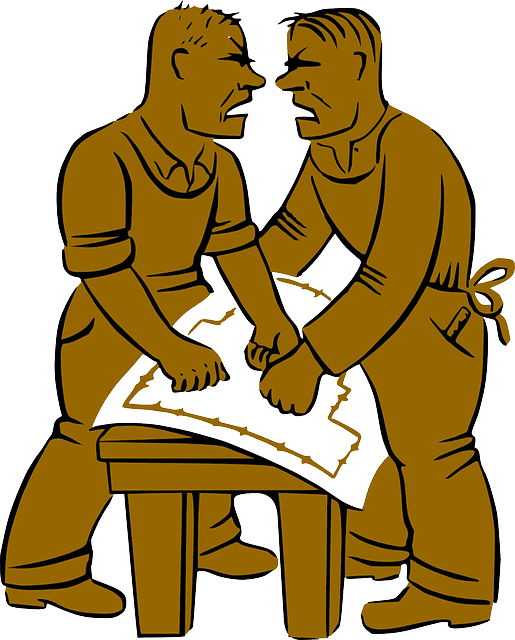Steps to Manage Conflict in the Workplace
In high performing work environments conflict and collaboration are inextricably linked. Collaboration in the presence of unresolved conflict results in politeness, conformity, and a lack of creativity.

Workplace conflict without collaboration, results in alienation, polarisation, and progress bottlenecks. Effective conflict management is evident when the parties are less focused on being polite and can openly express their differences, to share their point of view empathetically and honestly, creating space for solutions that find common ground.
Collaborative and interest-based conflict resolution mechanisms encourage people not to supress their disagreements, but to speak up and use effective dialogue skills to engage as workplace citizens.
Contact Geoff to discuss further.

Handling Workplace Conflict
Conflict can occur when people have different views on the best course of action. More simply, there might be two colleagues who just grate on each other’s nerves. In many organisations, responsibility for resolving the conflict ends up on a HR manager’s or a CEO’s desk.
Research shows that senior managers will typically spend 20% to 80% of their time on some form of conflict management. The fact that this might be considered culturally normal shows that many workplaces lack effective conflict management processes.
Steps to a Conflict-Friendly Work Environment
Normalise conflict in the workplace. It is important that conflict is positioned as a normal and valuable part of working with others. Every conflict has something to teach us. Workplace conflict is developmental. It is not dysfunctional – though we have been conditioned to believe that it is.
Use induction programmes, employee handbooks and other engagement exercises to communicate the reality that conflict is normal, that it is expected and that there is a workplace conflict resolution process.
It in this context that team building is also a critical task.
Encourage direct communication: When a conflict does occur, the first step is for the involved parties to sit together and to sort it out between themselves. One of the parties acts as the initiator and makes a straightforward request to the other party (without judgement or being demanding) to which the other party is required to respond. The response can be to agree to meet, to decline to meet or to offer an alternative way of resolving the issue.
Appoint a Mediator: Where direct communication is not enough, the parties nominate a colleague to act as a mediator. The role of the colleague is to support the parties in finding enough common ground for a resolution. However, the mediator does not impose a resolution.
Convene an Expert Panel: If the mediation fails, the next step is for the parties to bring together a panel of topic-relevant colleagues to listen in and help move the conflict towards an agreed resolution. While the panel does not enforce an outcome, it may have the gravitas to help the parties see more broadly and resolve the issue.
Involve the Leader: As a final step, invite the workplace leader who might be the CEO to join the expert panel.
Contact Geoff to discuss further.

Conflict Resolution Guidelines
A shared understanding of the conflict management process is key. This includes that all the involved parties respect confidentiality throughout. In particular, the parties to the conflict are discouraged from canvassing for support from colleagues and building rival cliques.
Breaking with Tradition in Conflict Management
The traditional approach to workplace conflict is that when one person is deemed to be not performing, colleagues grumble privately and wait for the boss to pick it up. Many workplaces have a strong preference for avoidance and issues are never addressed or resolved.
A conflict resolution process will be effective to the degree that the workplace feels like a safe environment for holding others accountable and where people have the skills, maturity, and good grace to do so effectively.
It can feel extremely uncomfortable to hold your colleagues to account. A clearly defined step-by-step conflict resolution process helps people to confront each other when needed.
Training in the conflict resolution skills to implement the process should be made available to employees. Doing so will unleash the value, energy and wisdom trapped in unresolved conflict.
Discover more about our conflict resolution services.
Read about managing board conflict.